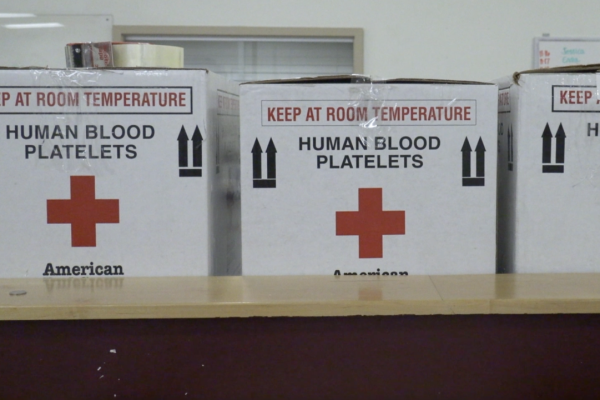SYRACUSE, N.Y. (NCC News) – Corre Williams has lived in Syracuse his entire life, and can remember a time when the violence in the streets today made way for comradery.
“I had a pretty good childhood,” the 53-year-old Williams said. “We were a close knit community. Kids played together outside, football in the streets. You were connected one way or another. If you didn’t know who I was, you knew who my family was.”
As he grew up in the city, things began to change. Poverty became more paramount, and drugs became commonplace in his native south side. It was not hard to see the root cause of the community’s strife, as many of its residents had been recently displaced and were struggling to find their footing. This included the family of Corre Williams.
“I have family members who lost their homes, had to move, sell their house,” Williams said. “Basically, the city bought them out. And basically, families were displaced. You had neighborhoods where there were thriving businesses, grocery stores, jazz clubs, clothing stores, and markets and different things like that, and everyone basically patronized each other and supported one another’s’ business. Once things started getting torn apart, basically were moved to other areas. And then when they built the high rise, it was more or less everybody was basically packed into that one area.
The high rise refers to the I-81 viaducts, which slices through the heart of Syracuse for cars to pass over. Williams’ family lived in the 15th Ward of Syracuse, which held over 90% of the city’s Black population at one point. After the Federal Highway Act was passed in 1956, the ward was leveled in order to build the viaducts, and its residents were displaced, mostly to the south side. The area’s white residents responded by moving to the suburbs, decimating the city’s tax base and leaving no structure for the displaced residents to settle in.
“The impact can still be seen today,” saidSyracuse’s Urban Jobs Task Force president Deka Dancil. “I-81 in combination with redlining and urban renewal has caused the kind of economic devastation that we have not been able to overcome.”
As the viaducts near the end of their expected life, debate has raged for years on how to properly replace them. After multiple proposals were looked over, city officials and community leaders came up with a solution in 2019 called the community grid, which would bring the viaducts to ground level and direct traffic through the city, rather than over it. Proponents of the grid say this would create more opportunity for local businesses to thrive, as well as create thousands of construction jobs, which activists are trying to ensure go to city residents.
“Our goal is to maximize local hire on the I-81 Project,” Dancil said of her Task Force. “We want to see as many Syracuse city residents as we can working on a project without cutting any corners on safety.”
A concern Dancil has, though, is that the project could displace residents who would not be able to reap its benefits, essentially repeating history from the original viaducts.
“Worst case scenario is that the neighborhood right now in the shadow of the viaduct where many of the disadvantaged and people of color of Syracuse live, that that area will be gentrified and they’ll be displaced,” Dancil said. “That they’ll not be able to return those who want to. That all the wonderful upgrades that will happen in the area, that people that live there now would not be able to benefit from it and that they’ll have to leave for those upgrades to happen just as anything else.”
Despite the potential drawbacks, for lifelong residents like Corre Williams, the project provides a sense of hope for a community that needs it.
“Since I was a kid, that’s all I knew,” Williams said. “So seeing that come down, I will think it maybe symbolizes a reckoning of understanding of the damages that were being done to a group of people.”




